Home>Garden Essentials>What Is A Grass Seed In Dogs
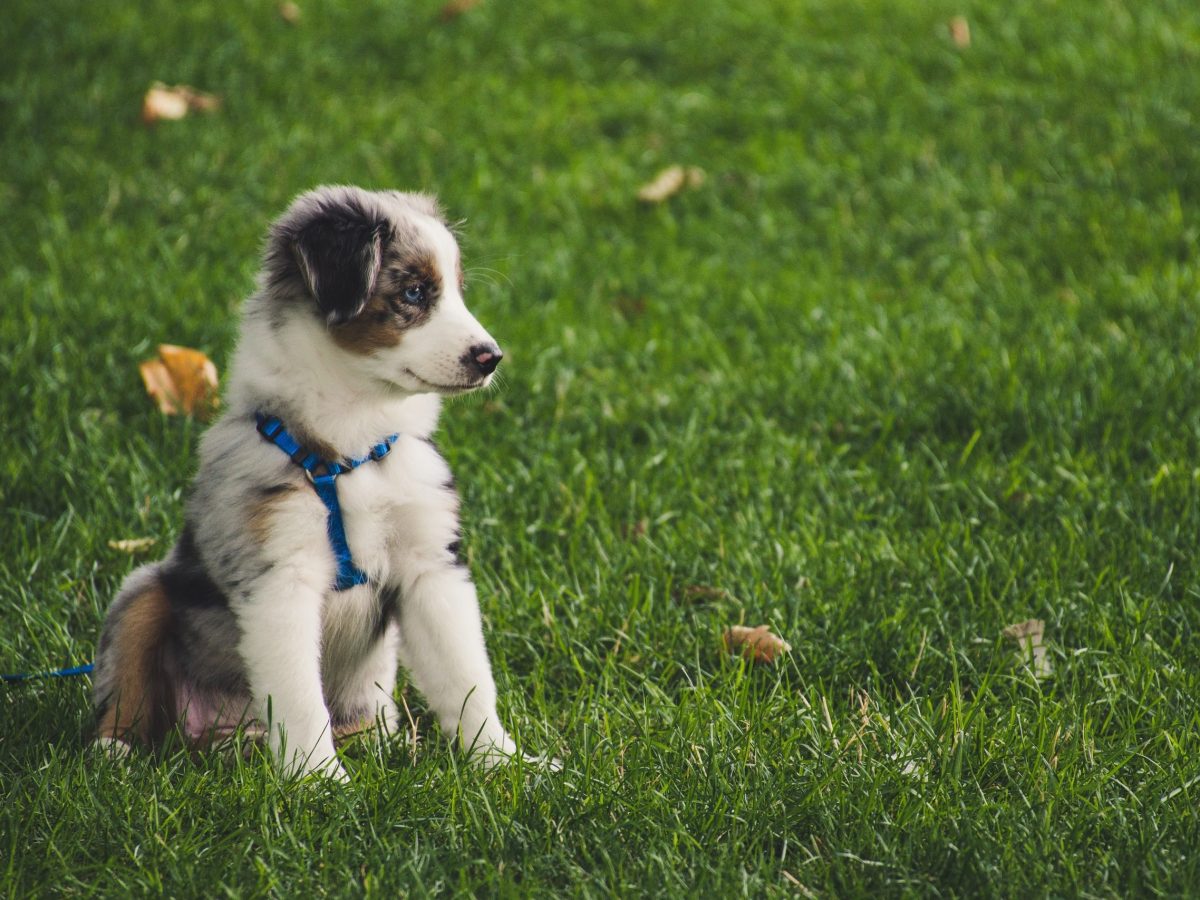

Garden Essentials
What Is A Grass Seed In Dogs
Modified: March 16, 2024
Discover the benefits of using garden grass seed for dogs. Enhance your dog's outdoor space with this high-quality seed for a lush and vibrant lawn.
(Many of the links in this article redirect to a specific reviewed product. Your purchase of these products through affiliate links helps to generate commission for Storables.com, at no extra cost. Learn more)
Introduction
Grass seeds are a common issue that many dog owners encounter during the warmer months. These small, sharp, and pointed plant structures can become lodged in a dog’s fur, paws, ears, or even ingested, causing discomfort and potential health problems. Understanding the impact of grass seeds on dogs and taking preventive measures is crucial to keeping our furry friends safe and healthy.
Grass seeds are commonly found in fields, gardens, parks, and even in our own backyards. They can easily get tangled in a dog’s fur and find their way into their skin. Their sharp ends and barbs allow them to cling onto the dog’s coat, making it difficult to remove without proper intervention.
When a grass seed comes into contact with a dog’s skin, it may burrow its way inside, leading to various health issues. This can result in irritation, redness, swelling, and infection. Additionally, if a dog ingests a grass seed, it can cause gastrointestinal problems and potentially lead to more serious complications.
One of the most commonly affected areas in dogs is the paws. As they walk or run through grassy areas, grass seeds can easily become lodged between their toes or in the paw pads. This can cause significant discomfort, as well as lameness and limping. Dogs may constantly lick or chew at the affected area in an attempt to relieve the discomfort, which can lead to further complications such as infection.
Ears are another vulnerable area where grass seeds can get trapped. Dogs with long, floppy ears are particularly prone to this issue. The sharp ends of grass seeds can penetrate the skin inside the ear, leading to pain, inflammation, and infection. Signs of grass seeds in the ears include excessive scratching, head shaking, and ear discharge.
It’s important for dog owners to be aware of the common symptoms associated with grass seed issues. These can include persistent licking or chewing at a particular area, swelling, redness, discharge, limping, and signs of pain or discomfort. If you notice any of these symptoms in your dog, it’s crucial to seek veterinary attention promptly.
The dangers of grass seeds in dogs should not be taken lightly. If left untreated, grass seed infections can worsen and lead to severe complications. In some cases, surgical intervention may be required to remove deeply embedded grass seeds or to treat severe infections.
Key Takeaways:
- Grass seeds can cause discomfort, infection, and migration within a dog’s body. Regular grooming and avoiding high-risk areas can help prevent these issues and keep our furry friends healthy and happy.
- If your dog ingests a grass seed, monitor for symptoms like drooling, vomiting, or diarrhea, and seek veterinary care promptly. Prevention, early detection, and proper treatment are essential for your dog’s well-being.
Read more: What Seeds Are Bad For Dogs
Understanding Grass Seeds in Dogs
To better understand the impact of grass seeds on dogs, it’s important to know more about these tiny plant structures and how they interact with our canine companions. Grass seeds, also known as awns or grass awns, refer to the sharp and pointed structures found on certain types of grasses.
Grass seeds have evolved to aid in the dispersal of their plant species. They have a unique design that allows them to attach to the fur of animals or even penetrate the skin, ultimately helping the grass to spread to new areas. This natural mechanism increases the chances of germination and survival for the grass.
The structure of grass seeds is what makes them problematic for dogs. They typically have a pointed tip and often feature small barbs or hooks along their length. These barbs or hooks make it easy for the seeds to become entangled in a dog’s fur as they brush against the grass.
Not all grass seeds pose the same level of risk to dogs. Some grass species produce seeds with more pronounced barbs or spines, increasing the chances of them becoming embedded in the dog’s skin. Common culprits include foxtails, cheatgrass, and burrs. These types of grass seeds have a greater tendency to cause irritation, inflammation, and infection.
When a grass seed attaches itself to a dog’s fur, it can form a tight bond that makes it difficult to dislodge without intervention. The sharp tip of the seed can pierce the skin, causing discomfort and potentially leading to more serious complications. The barbs or hooks can also make it challenging to remove the seed manually.
Moreover, grass seeds have a unique ability to migrate within a dog’s body. Once they penetrate the skin or are ingested, they can travel to other parts of the body, causing infection and inflammation along the way. This characteristic adds another layer of complexity and potential danger to the situation.
It’s worth noting that certain dog breeds may be more susceptible to grass seed issues due to their coat or ear structure. Dogs with long, thick fur or dogs with droopy or hairy ears are at a higher risk. The fur provides ample opportunities for grass seeds to cling onto, while the structure of the ears can create an environment conducive to grass seed entrapment.
Understanding the nature and behavior of grass seeds in dogs is crucial for prevention and timely intervention. By being aware of potential risks and taking preventive measures, such as regular grooming and careful inspection after outdoor activities, we can protect our four-legged companions from the discomfort and potential health problems associated with grass seed issues.
How Grass Seeds Affect Dogs
Grass seeds can have various effects on dogs, depending on where they become lodged and how they interact with the dog’s body. Understanding these effects is essential for identifying potential issues and providing timely intervention to keep our canine companions safe and healthy.
When grass seeds come into contact with a dog’s skin, they can cause irritation and inflammation. The sharp tip of the seed can pierce the skin, leading to redness, swelling, and discomfort. They can also introduce bacteria into the skin, increasing the risk of infection. Dogs may exhibit signs of pain, such as licking or chewing at the affected area, and may experience localized hair loss or a lump under the skin.
Paws are a common area for grass seed entrapment. As dogs walk or run through grassy areas, grass seeds can become lodged between their toes or in the paw pads. The motion of the paws can further drive the seeds into the skin, causing pain and discomfort. Dogs may show signs of limping or favoring the affected paw. If left untreated, the seeds can migrate deeper into the paw, causing infection and potentially necessitating surgical removal.
Grass seeds can also become trapped in a dog’s ears, particularly in breeds with long, droopy ears. The sharp ends of grass seeds can penetrate the skin inside the ear, leading to pain, inflammation, and the risk of infection. Dogs may shake their heads excessively, scratch at their ears, or have a discharge. If not addressed promptly, this can lead to ear infections and potential hearing damage.
Ingesting grass seeds can have gastrointestinal consequences for dogs. When a dog ingests a grass seed, it can cause irritation and inflammation in the mouth, throat, or digestive tract. This can result in symptoms such as excessive drooling, difficulty swallowing, vomiting, or diarrhea. In severe cases, a grass seed can cause an obstruction in the digestive system, which requires immediate veterinary attention.
The migration ability of grass seeds makes them particularly concerning. Once inside the dog’s body, they can travel to other areas and cause infection or inflammation along the way. For example, a grass seed that enters through the skin can migrate to other organs or tissues, leading to serious complications. This highlights the importance of early detection and intervention to prevent further health issues.
It’s important to note that not all dogs will exhibit the same symptoms or react in the same way to grass seeds. Some dogs may have a more severe reaction, while others may show no obvious signs initially. Regular monitoring of our dogs, thorough grooming, and prompt veterinary care are essential for identifying and addressing any potential effects of grass seed entrapment.
By understanding how grass seeds can affect dogs, we can take proactive measures to minimize the risks and protect our furry friends from discomfort, infection, and more serious complications. Prevention, prompt detection, and timely intervention are key in ensuring the well-being of our beloved canine companions.
Common Symptoms of Grass Seed Ingestion
When a dog ingests a grass seed, it can lead to various symptoms and potential health concerns. It’s essential for dog owners to be aware of these signs to recognize potential grass seed ingestion and seek veterinary attention promptly. Here are some of the common symptoms to watch for:
1. Excessive Drooling: If a dog has ingested a grass seed, they may start drooling more than usual. This can be a result of the irritant nature of the grass seed, causing discomfort in the mouth and throat.
2. Difficulty Swallowing: Grass seeds can cause irritation and inflammation in the throat, making it difficult for a dog to swallow. They may show signs of discomfort, reluctance to eat or drink, or even gagging or coughing when attempting to swallow.
3. Vomiting: Ingesting a grass seed can induce vomiting in some dogs. If you notice your dog repeatedly trying to vomit or bringing up undigested food or fluids, it could be a sign that a grass seed is causing irritation in their digestive tract.
4. Diarrhea: Irritation from a grass seed can lead to loose stools or diarrhea in dogs. If your dog experiences sudden changes in bowel movements, with feces becoming watery or loose, it could be a potential indication of grass seed ingestion.
5. Decreased Appetite: Dogs that have ingested a grass seed may experience a decrease in appetite. They may show disinterest in their regular meals or treats due to the discomfort caused by the irritant.
6. Lethargy: If a dog is experiencing discomfort or pain from a grass seed, they may appear more tired or less active than usual. They may seem lethargic, lacking their usual energy levels, and may be less interested in activities or playtime.
7. Abdominal Discomfort: In some cases, dogs that have ingested a grass seed may exhibit signs of abdominal pain or discomfort. They may become restless, display a hunched posture, or show signs of tenderness when their belly is touched.
8. Behavioral Changes: Grass seed ingestion can cause dogs to exhibit changes in behavior. They may become more anxious, irritable, or seek isolation as they try to cope with the discomfort caused by the grass seed.
If you notice any of these symptoms in your dog, it is essential to consult a veterinarian for a proper diagnosis and appropriate treatment. While these symptoms can indicate grass seed ingestion, they can also be signs of other health issues. A veterinary professional will perform a thorough examination and recommend the necessary steps to address your dog’s condition.
Early detection and prompt veterinary care are crucial for effectively managing grass seed ingestion in dogs. By being vigilant and attentive to your dog’s behavior and health, you can ensure their well-being and prevent any potential complications associated with grass seed ingestion.
If your dog gets a grass seed stuck in their fur or skin, use a pair of tweezers to carefully remove it. Check their paws, ears, and coat regularly, especially after walks in grassy areas.
The Dangers of Grass Seeds in Dogs
While we may associate grass with being harmless and pleasant, the reality is that grass seeds can pose significant dangers to our beloved canine companions. Understanding the potential risks and complications associated with grass seed entrapment is crucial for dog owners in order to take preventive measures and seek prompt veterinary care when needed. Here are some of the dangers that grass seeds can pose to dogs:
1. Irritation and Inflammation: Grass seeds have sharp tips and barbs that can easily penetrate a dog’s skin. Once embedded, they can cause irritation, redness, and inflammation. The dog may experience pain and discomfort in the affected area, leading to persistent licking, chewing, or scratching.
2. Infection: Grass seed entrapment can create an entry point for bacteria or other pathogens into the dog’s body. This can result in localized infections, such as skin abscesses or ear infections. If left untreated, these infections can spread and potentially lead to more severe health issues.
3. Migration: One of the concerning aspects of grass seeds is their ability to migrate within a dog’s body. Once lodged in the skin, they can travel to other parts of the body, such as joints, organs, or tissues. This migration can cause infection, inflammation, and significant damage to affected areas, potentially requiring surgical intervention.
4. Paw Problems: Dogs can easily pick up grass seeds between their toes or in their paw pads while walking or running through grassy areas. These seeds can cause discomfort, lameness, and limping. If not promptly removed, they can migrate deeper into the paw, leading to infections or the formation of abscesses.
5. Ear Issues: Dogs with long, floppy ears are particularly susceptible to grass seed entrapment in their ear canals. Grass seeds can penetrate the delicate skin inside the ears, causing pain, inflammation, and the risk of severe infections. If not addressed, these conditions can lead to chronic ear problems and potential hearing loss.
6. Gastrointestinal Complications: Ingesting grass seeds can result in gastrointestinal issues for dogs. The sharp nature of the seeds can cause irritation, inflammation, and even blockages in the digestive tract. This can lead to symptoms such as vomiting, diarrhea, abdominal pain, and potential surgical emergencies.
7. Surgical Intervention: In severe cases, grass seed entrapment may require surgical intervention to remove deeply embedded seeds or to treat complications such as infections or abscesses. These procedures can be invasive and require anesthesia, adding additional risks and costs to the dog’s health.
The dangers of grass seeds in dogs should not be underestimated. It’s crucial for dog owners to be proactive in preventing grass seed entrapment by keeping their dogs away from areas with tall grass or removing any visible grass seeds from their dog’s fur after outdoor activities. Regular grooming and thorough inspections can help detect and address any potential issues promptly.
If you suspect that your dog has come into contact with grass seeds or is displaying symptoms of grass seed entrapment, it is essential to seek veterinary care as soon as possible. Veterinary professionals can perform a thorough examination, diagnose any issues, and recommend appropriate treatment options to ensure your dog’s health and well-being. By being aware of the dangers and taking proactive measures, we can protect our furry friends from the potential harm caused by grass seeds.
Read more: What Does Chia Seeds Do For Dogs
Prevention and Treatment of Grass Seed Infections
Preventing grass seed infections in dogs is crucial to ensure their well-being and minimize potential complications. By taking proactive measures and being diligent in your dog’s care, you can significantly reduce the risk of grass seed entrapment and subsequent infections. Here are some prevention tips and treatment options for grass seed infections:
Prevention:
1. Regular Grooming: Regular grooming sessions are essential to keep your dog’s coat clean and free of grass seeds. Brushing helps remove any seeds that may have become tangled in the fur, preventing them from penetrating the skin.
2. Trimming the Fur: Pay special attention to areas with long fur, such as the paws and ears. Trimming the fur in these areas can reduce the chances of grass seed entrapment and make it easier to spot and remove any seeds that may have come into contact with your dog.
3. Avoiding High-Risk Areas: Be mindful of where you take your dog for walks or playtime. Steer clear of areas with tall grass, weeds, or dense vegetation, as these are often hotspots for grass seeds. Stick to well-maintained paths and open spaces whenever possible.
4. Check for Seeds: After walks or outdoor activities, diligently inspect your dog’s coat, paws, and ears for any visible grass seeds. Pay attention to areas that are more prone to entrapment, such as between the toes or inside the ears. Promptly remove any seeds you find to prevent further complications.
Treatment:
1. Veterinary Examination: If you suspect your dog has a grass seed infection or is displaying symptoms of discomfort, seek veterinary care immediately. A thorough examination by a veterinary professional is crucial for accurate diagnosis and determining the appropriate treatment plan.
2. Removal of Seeds: In cases where grass seeds are visible on the skin or trapped in the fur, your veterinarian will carefully remove them. Depending on the location and severity, this may require sedation or anesthesia to ensure your dog’s comfort and safety.
3. Antibiotics and Medications: If a grass seed infection has already developed, your veterinarian may prescribe antibiotics or other medications to treat the infection, reduce inflammation, and alleviate any pain or discomfort your dog may be experiencing. It is important to follow the prescribed treatment plan and complete the full course of medication.
4. Surgical Intervention: In more severe cases, such as deeply embedded grass seeds or complications like abscesses, surgical intervention may be necessary. Your veterinarian will assess the situation and determine if surgical removal or other procedures are required to address the issue effectively.
5. Preventive Measures: After treatment, it is crucial to continue with preventive measures to minimize the risk of future grass seed infections. Regular grooming, careful inspection after outdoor activities, and avoiding high-risk areas can help prevent the recurrence of grass seed entrapment.
Remember, early detection and prompt veterinary care are key to successful treatment and preventing complications associated with grass seed infections. By taking preventive measures and being vigilant in your dog’s care, you can help keep them safe from the potential dangers of grass seeds.
What to Do if Your Dog Ingests a Grass Seed
If you suspect or know that your dog has ingested a grass seed, it’s important to take swift action to ensure their safety and well-being. While it’s always best to seek veterinary advice, there are a few steps you can take in the meantime to help your dog if they have ingested a grass seed:
1. Observe your Dog: Monitor your dog closely for any immediate signs of distress or discomfort. Look out for symptoms such as excessive drooling, difficulty swallowing, vomiting, diarrhea, or any behavior that seems out of the ordinary. Take note of the time and circumstances surrounding the ingestion, as this information will be helpful when you consult a veterinarian.
2. Contact your Vet: It’s crucial to contact your veterinarian as soon as possible. Inform them of the situation and provide details about the ingestion. They will be able to guide you on the necessary steps to take based on your dog’s symptoms, size, and medical history. Follow their instructions carefully, as they may recommend immediate veterinary care or monitor your dog’s condition closely.
3. Do not Induce Vomiting: While inducing vomiting may be advisable in some cases of ingestion, it is not recommended for grass seed ingestion. The shape and structure of grass seeds can make it difficult to bring them back up through vomiting, and attempting to induce vomiting may cause additional complications. Always consult your veterinarian before attempting any home remedies.
4. Provide Water: If your dog is not showing severe symptoms or distress, you can offer them small amounts of water to keep them hydrated. However, if your dog is experiencing difficulty swallowing or is unable to keep fluids down, it’s best to follow the guidance of your veterinarian regarding fluid intake.
5. Prevent Further Ingestion: Make sure to remove any access to grassy areas where additional seeds may be present. Additionally, monitor your dog closely during walks or outdoor playtime to prevent them from ingesting more grass seeds or other foreign objects.
6. Veterinary Examination: It’s important to bring your dog to the veterinarian for a thorough examination. They will be able to assess the situation, conduct necessary tests if needed, and recommend appropriate treatment options. They may also provide advice on how to prevent future grass seed ingestion.
Remember, every situation is unique, and the advice of a trained veterinary professional should always be sought. They will have the knowledge and expertise to guide you in the best course of action for your dog’s individual circumstances. Prompt veterinary care is crucial for ensuring the health and well-being of your furry friend if they have ingested a grass seed.
Conclusion
Grass seeds can present dangers to our beloved dogs if not addressed promptly. Understanding how grass seeds affect dogs, the common symptoms of grass seed ingestion, and the potential complications is essential for responsible dog owners. By taking preventive measures and recognizing the signs of grass seed entrapment or ingestion, we can protect our furry friends and provide early intervention when necessary.
Prevention is key in minimizing the risk of grass seed infections. Regular grooming, trimming of fur in vulnerable areas such as paws and ears, and avoiding high-risk areas can significantly reduce the chances of grass seed entrapment. Careful inspection after outdoor activities and prompt removal of visible grass seeds are crucial preventive measures.
If a dog displays symptoms of grass seed-related issues, seeking veterinary care is crucial. Veterinarians will conduct thorough examinations, provide accurate diagnoses, and recommend appropriate treatment options. Treatment may include the removal of grass seeds, administration of medication, or surgical intervention in severe cases. By adhering to the guidance of veterinary professionals, we can effectively address grass seed infections and prevent complications.
In case of grass seed ingestion, contact your veterinarian immediately. Observing your dog for signs of distress, providing water if appropriate, and preventing further ingestion are initial steps you can take. However, it is crucial to consult your veterinarian for proper guidance on how to handle the situation. Their expertise and recommendations will help ensure the health and well-being of your dog.
Grass seeds in dogs are not to be underestimated. They can cause irritation, infection, and migration within the body, leading to various health concerns. By remaining vigilant, taking preventive measures, and seeking veterinary care when needed, we can protect our furry companions from the dangers posed by grass seeds.
Remember, as responsible dog owners, it is our duty to prioritize the health and safety of our pets. Regular check-ups, grooming, and attentive care can go a long way in keeping our dogs happy and free from the potential complications associated with grass seed entrapment. By being educated and proactive, we can provide the best possible care for our canine companions and ensure they enjoy a vibrant and nourishing life.
Frequently Asked Questions about What Is A Grass Seed In Dogs
Was this page helpful?
At Storables.com, we guarantee accurate and reliable information. Our content, validated by Expert Board Contributors, is crafted following stringent Editorial Policies. We're committed to providing you with well-researched, expert-backed insights for all your informational needs.
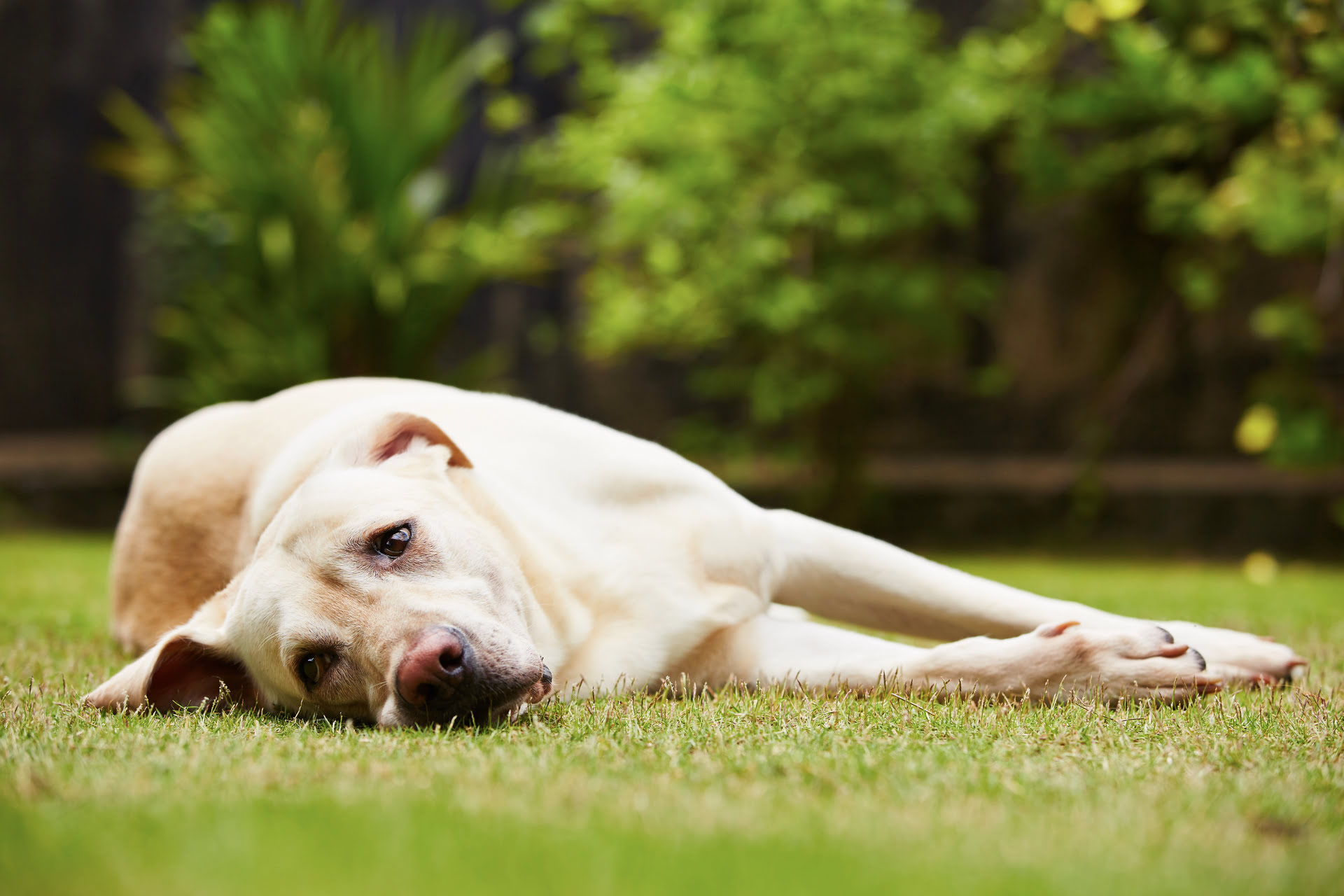
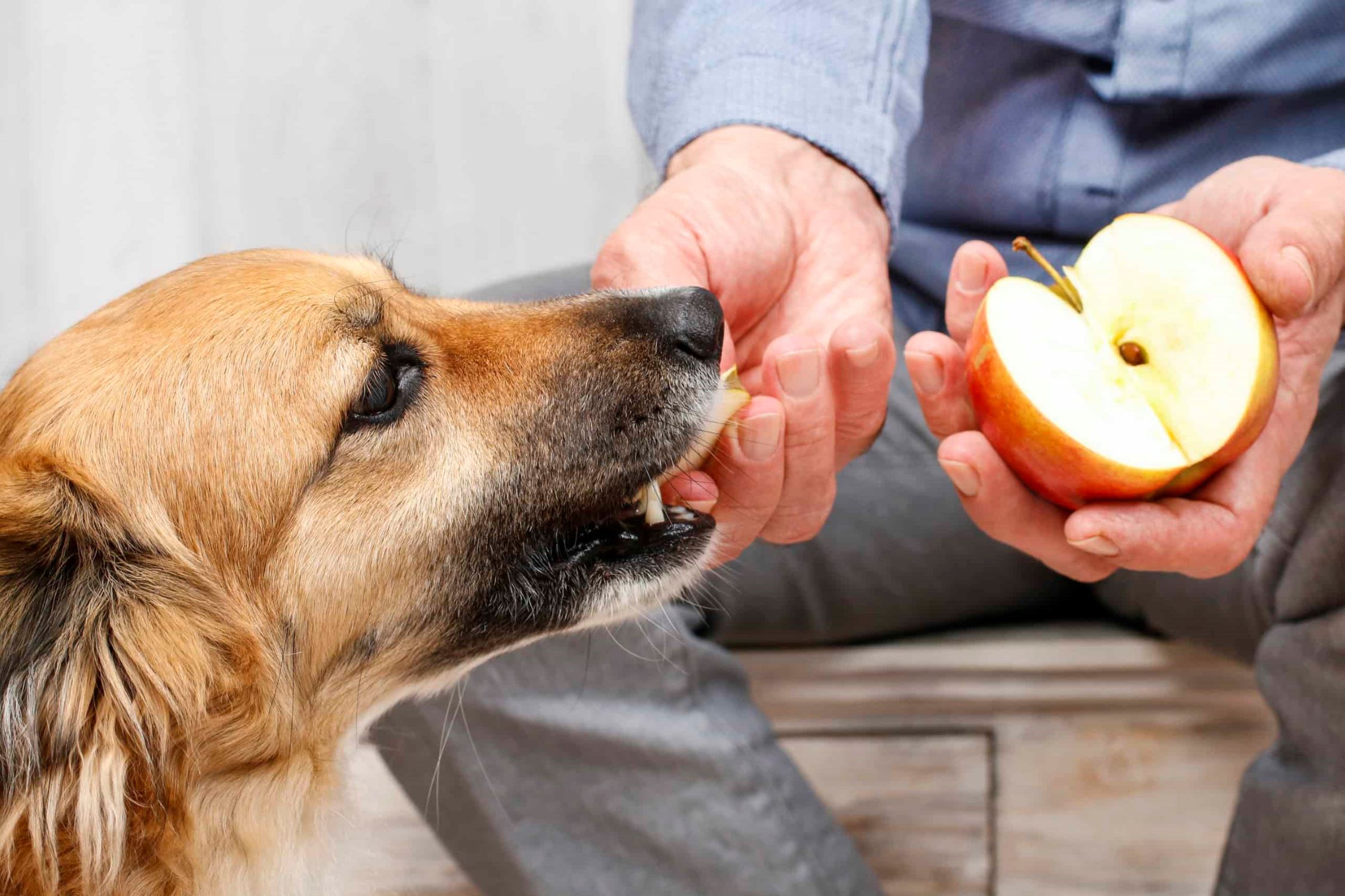

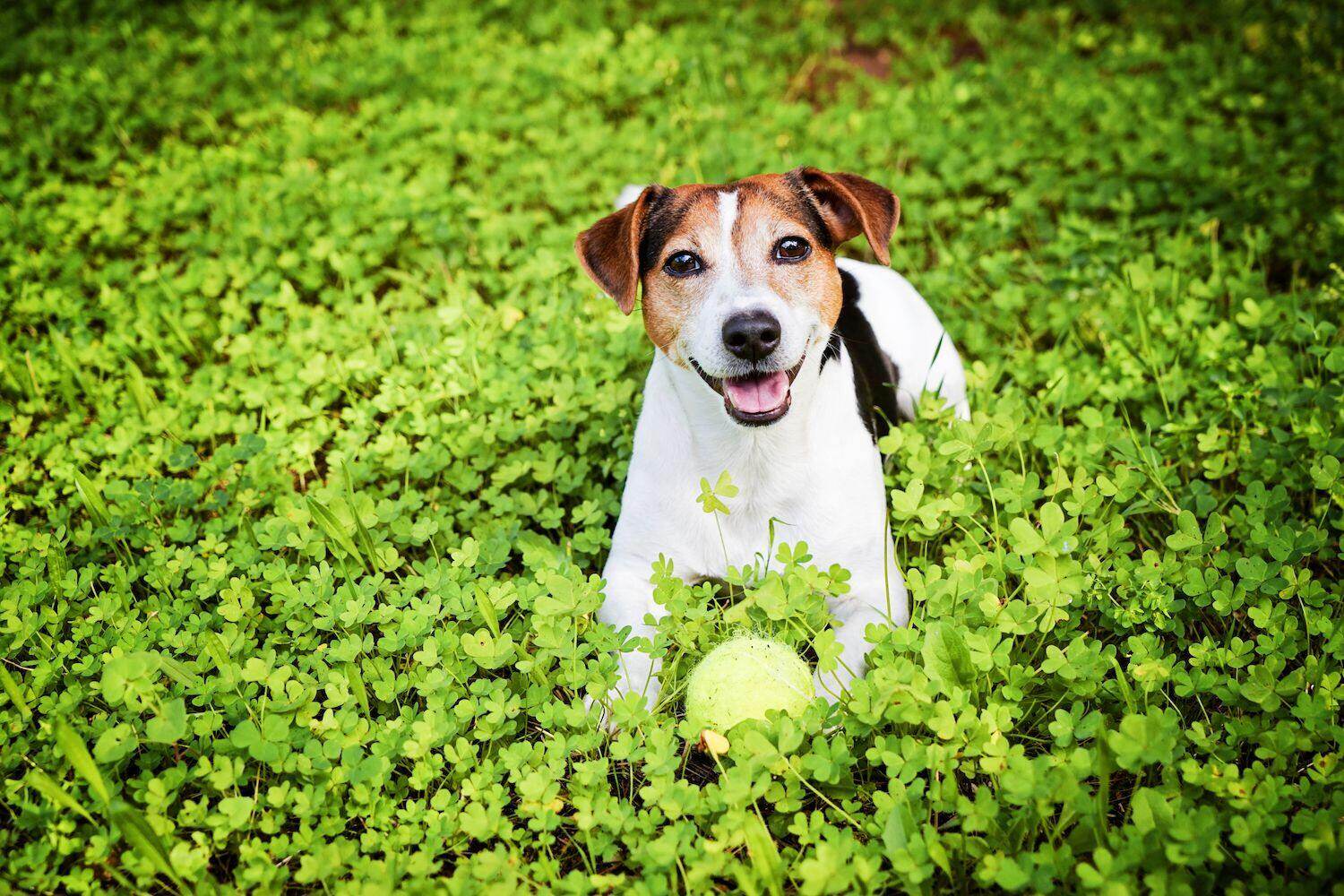

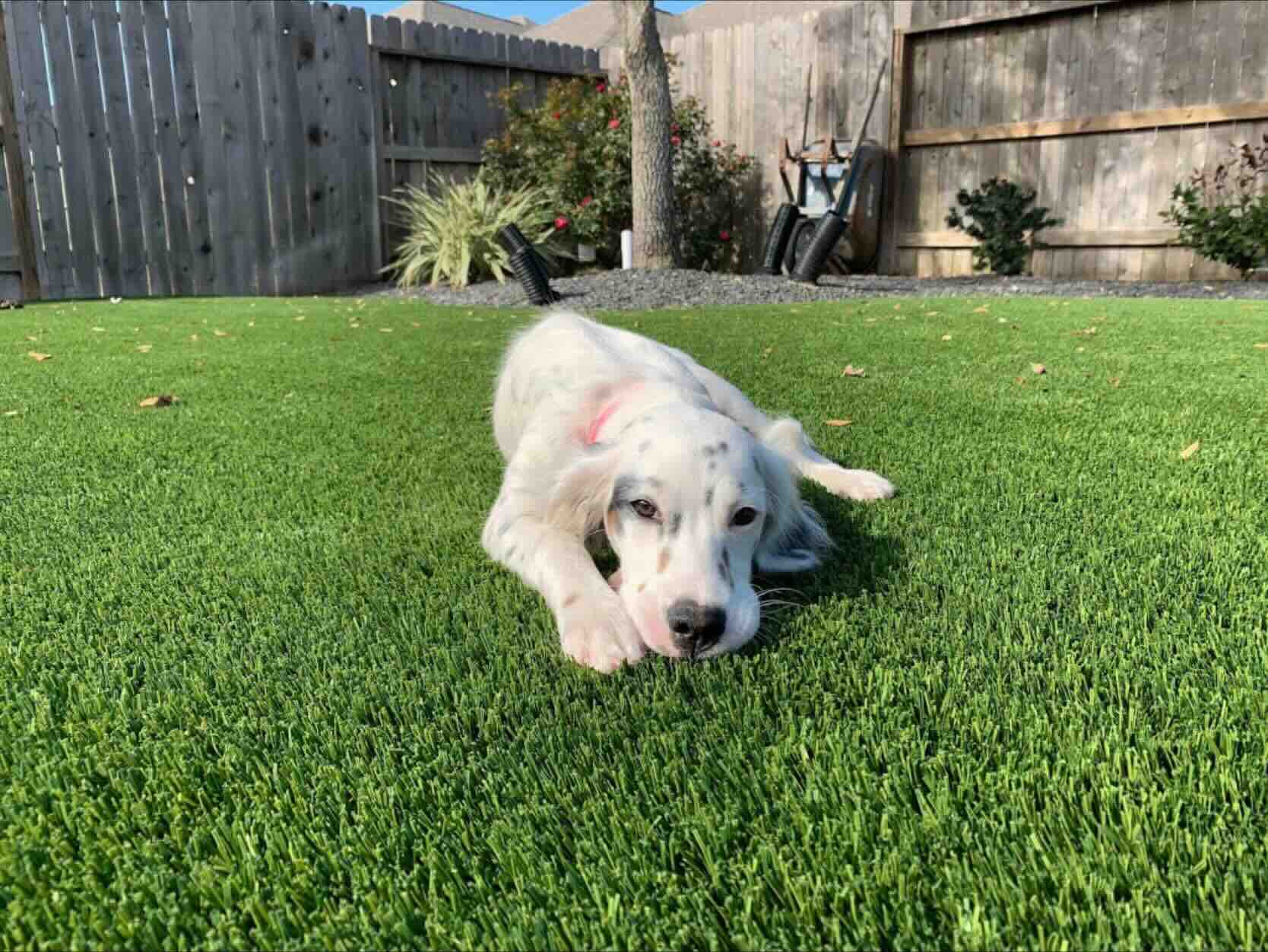
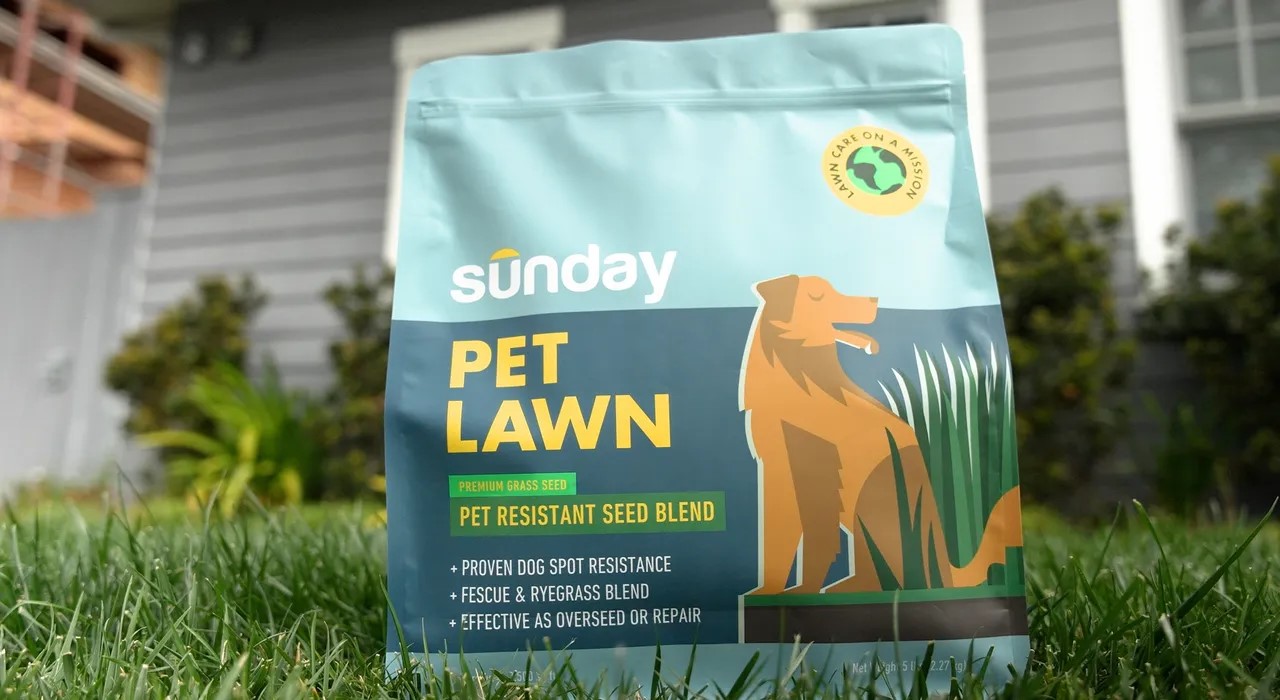
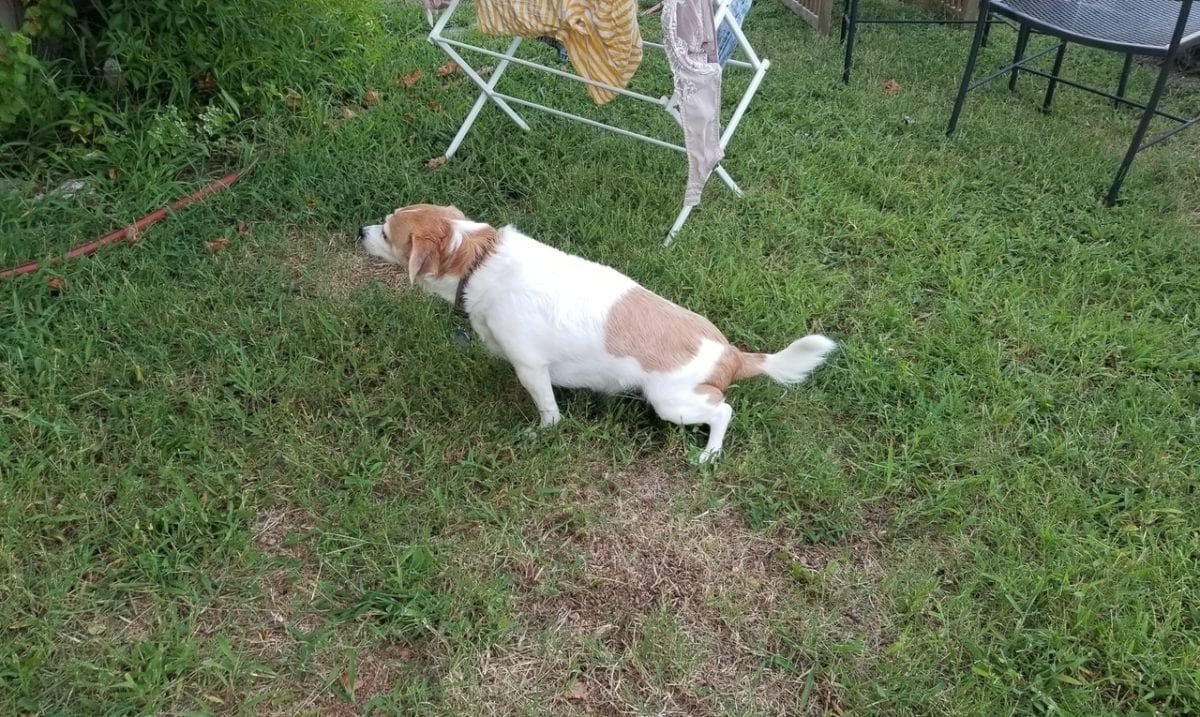
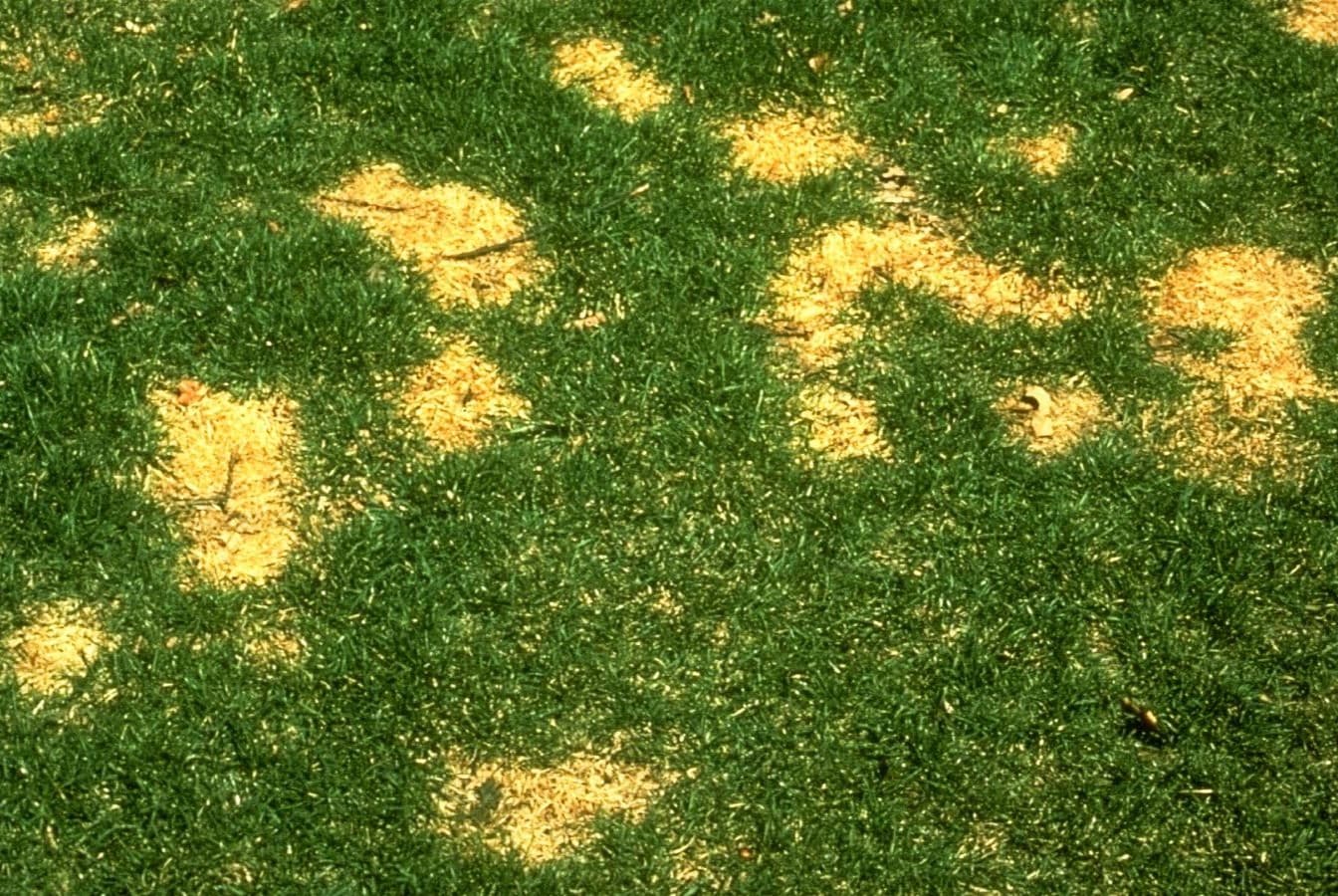

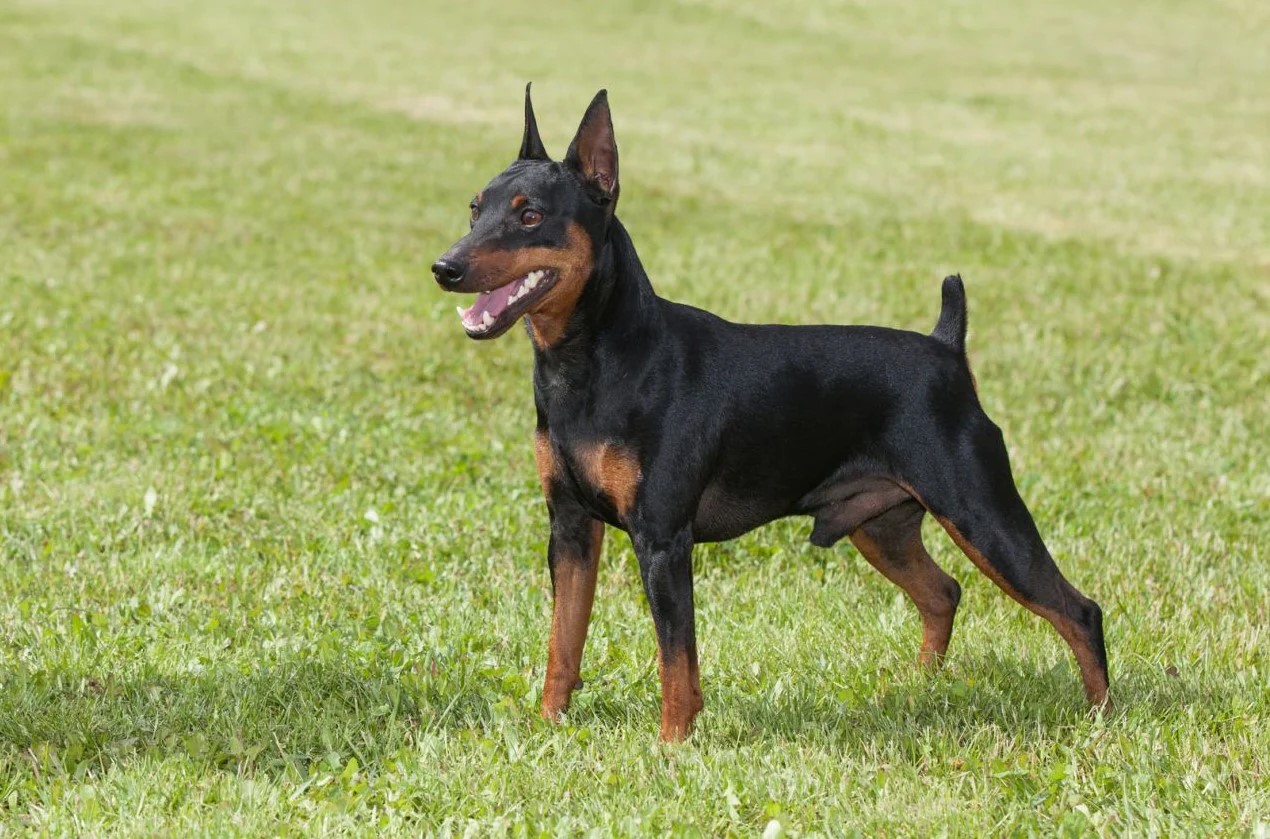
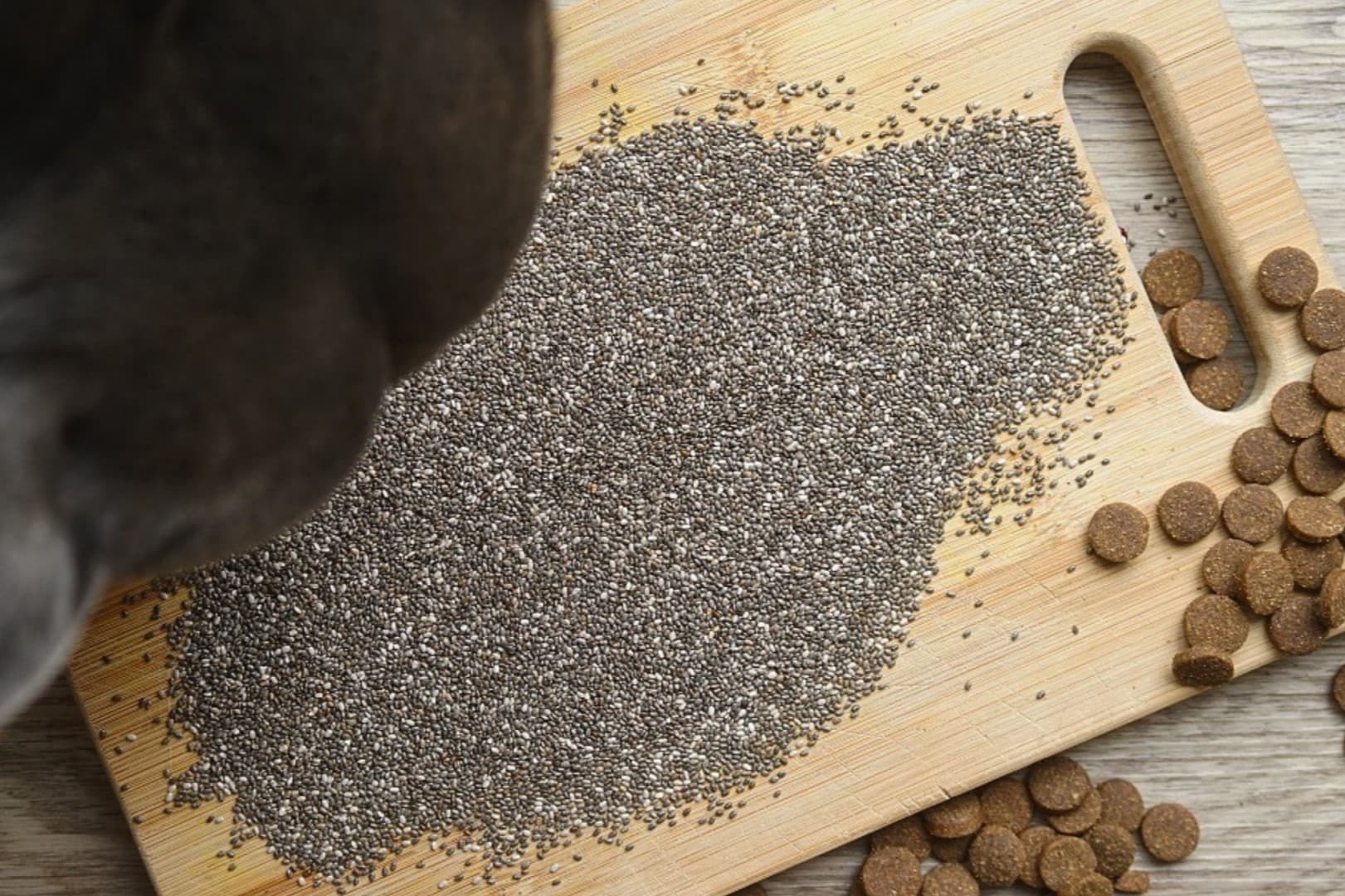

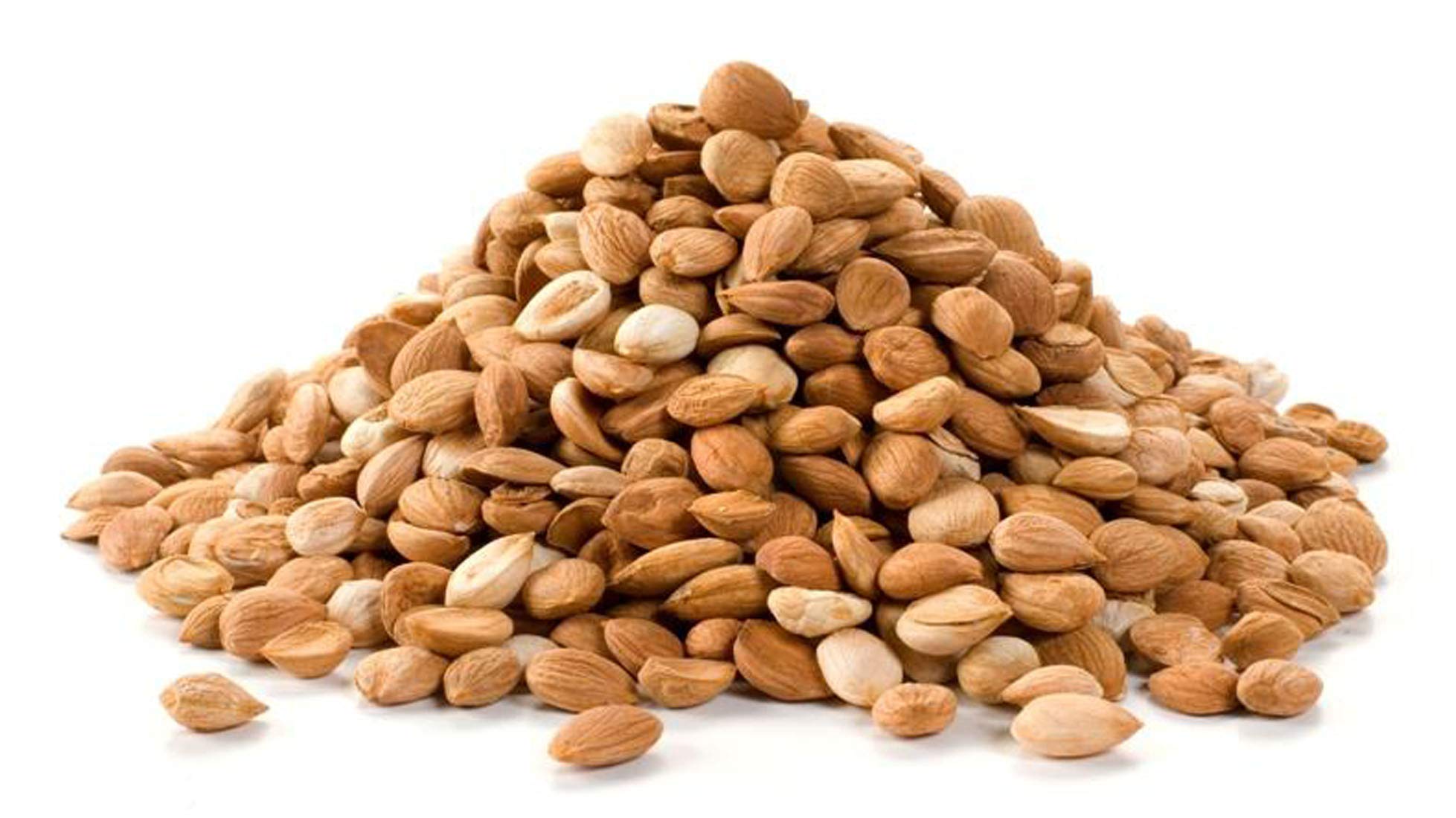

0 thoughts on “What Is A Grass Seed In Dogs”